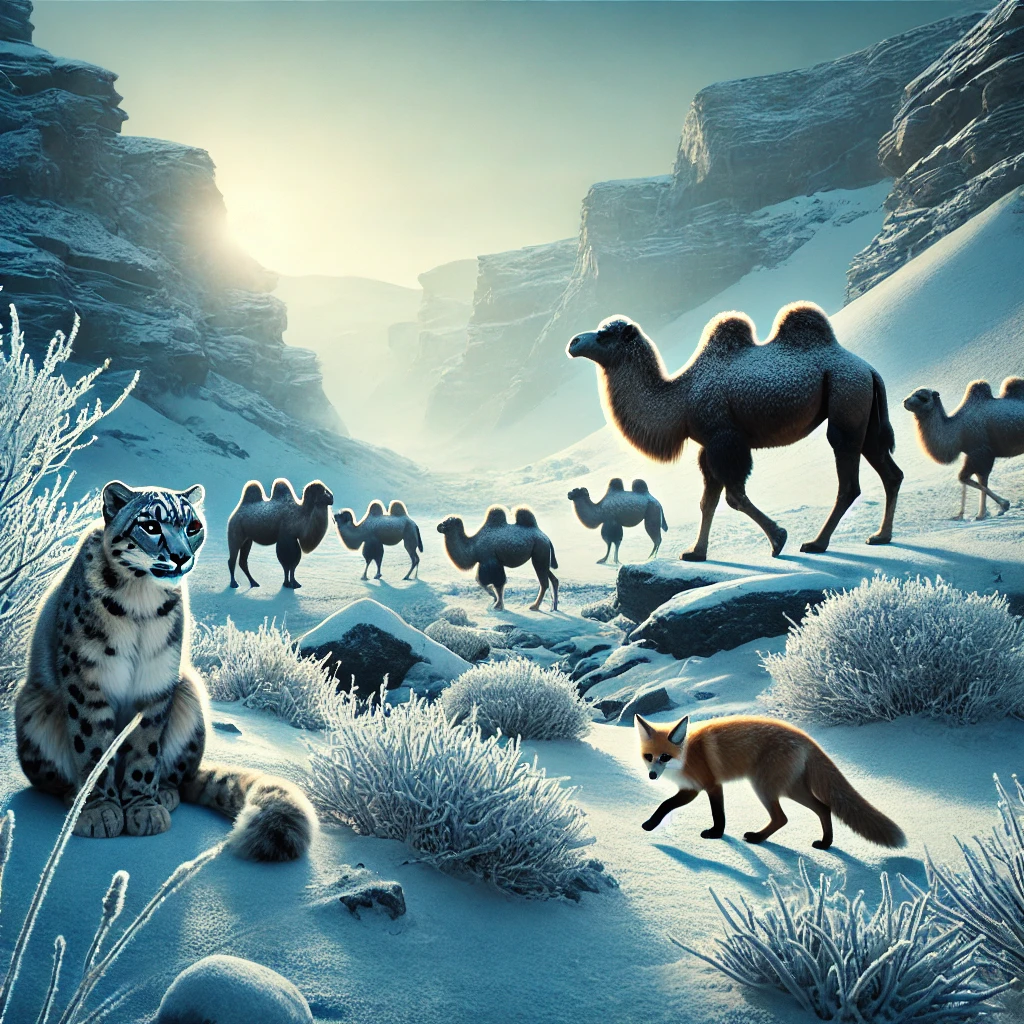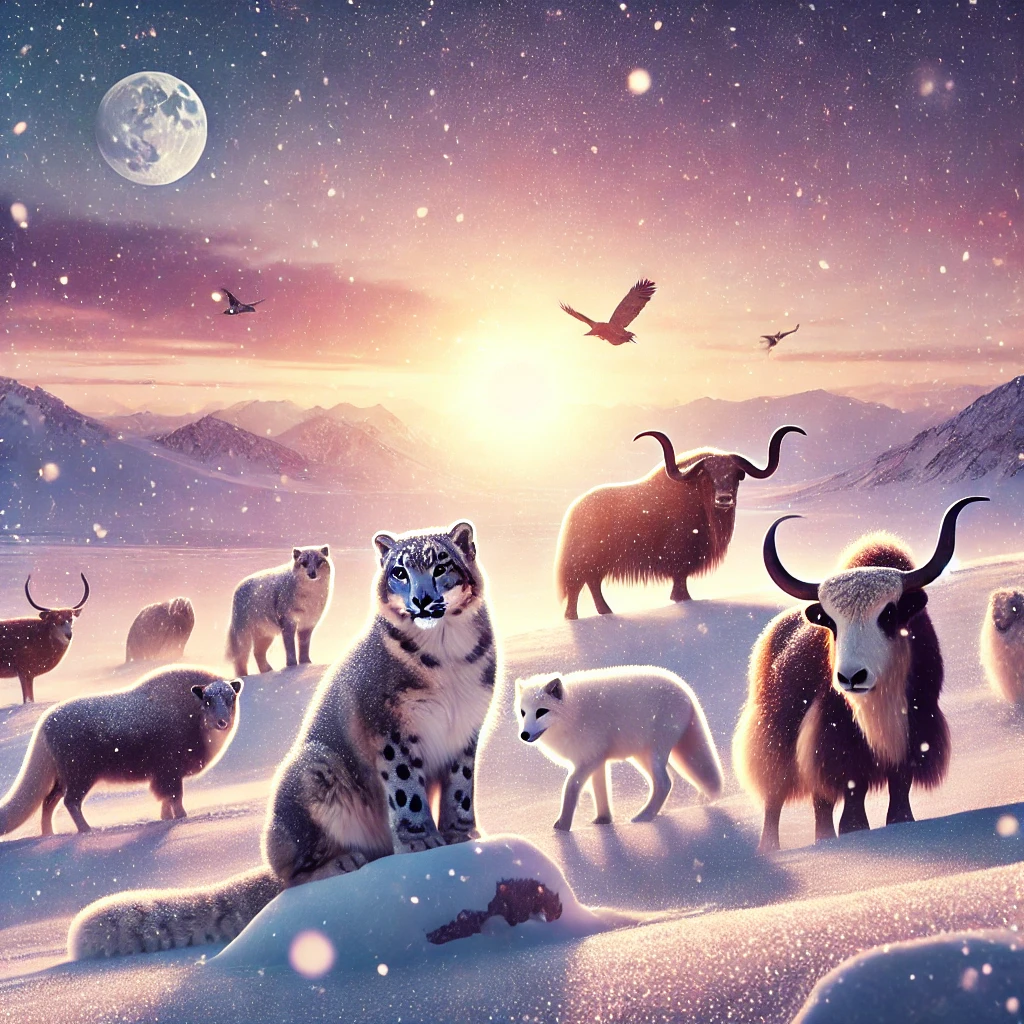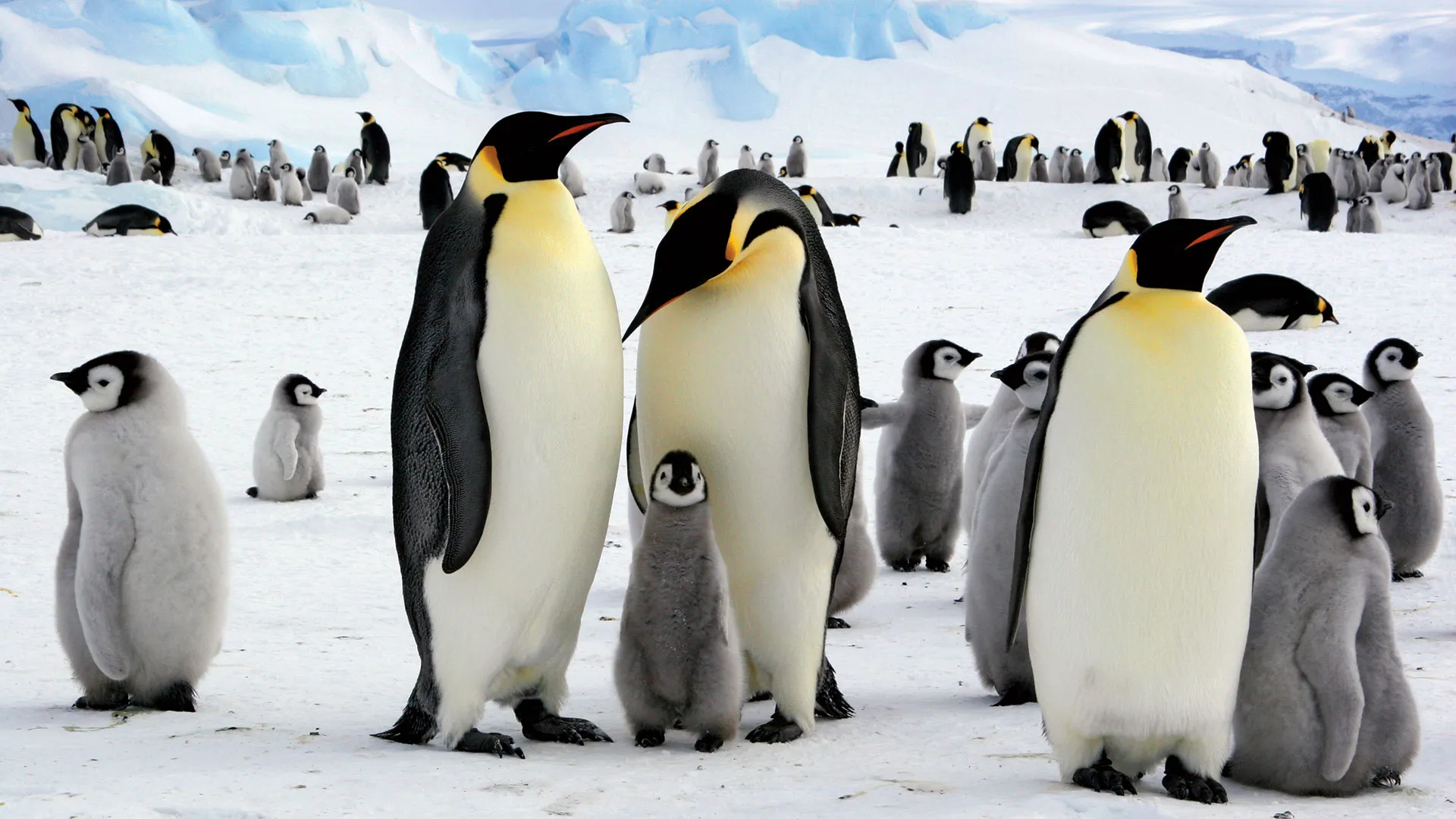Cold deserts are some of the most fascinating and unforgiving environments on Earth. Characterized by their frigid temperatures, animals of the cold desert, scarce vegetation, and limited water resources, these regions challenge even the most resilient species. Yet, life finds a way. The animals that inhabit these cold deserts have developed extraordinary adaptations to survive and thrive where few others can. This article explores the unique world of cold desert animals, revealing the secrets behind their mysterious adaptations.
What Are Cold Deserts?

Table of Contents
Cold deserts, unlike their hot counterparts, are defined by their dry climate and freezing temperatures. These deserts typically receive minimal precipitation, most of which comes as snow. With long, harsh winters and short, cool summers, cold deserts are a stark contrast to tropical or temperate ecosystems.
Examples of Cold Deserts:
- Gobi Desert (Asia): Known for its rocky terrain and extreme temperature variations.
- Great Basin Desert (North America): A high-altitude desert with cold winters.
- Antarctica (South Pole): Often considered the largest cold desert due to its low precipitation.
Unique Challenges of the Cold Desert Environment
Life in cold deserts is defined by a constant battle against the elements. The following challenges shape the survival strategies of its inhabitants:
- Extreme Temperatures: Daytime temperatures can plummet to well below freezing, making thermal regulation essential.
- Scarce Water Sources: Water is often trapped in ice, limiting availability for drinking or vegetation growth.
- Minimal Vegetation: The lack of plant life impacts the food chain, forcing animals to adopt unique feeding habits.
Animals of the Cold Desert
Despite the harsh conditions, cold deserts are home to a variety of animals, each uniquely equipped to survive. These species range from mammals and birds to reptiles and insects. Let’s explore some of the most notable examples and their adaptations.
Key Examples of Cold Desert Animals and Their Adaptations

- Mammals
- Snow Leopard: This elusive predator has thick fur, large nasal passages to warm cold air, and a long tail for balance and warmth.
- Tibetan Fox: With its dense fur and compact body, the fox is well-suited to retain heat and conserve energy.
- Birds
- Ground Jay: Found in the Gobi Desert, this bird forages for seeds and insects, surviving on minimal water.
- Sandgrouse: Known for its ability to travel long distances in search of water.
- Reptiles and Amphibians
- Certain species of lizards in the Great Basin Desert hibernate during extreme cold periods, conserving energy until warmer months.
- Insects and Small Creatures
- Beetles: Some beetles have antifreeze proteins that prevent their bodily fluids from freezing, allowing them to function in subzero temperatures.
Adaptations That Make Survival Possible
Cold desert animals display a remarkable range of adaptations:
- Physical Adaptations:
Thick fur, layers of fat, and compact body shapes help conserve heat. For instance, snow leopards’ fur provides insulation, while their wide paws act like snowshoes. - Behavioral Strategies:
Many animals burrow to escape freezing temperatures or migrate to warmer areas during extreme winters. Ground squirrels, for example, hibernate underground to survive. - Physiological Traits:
Some species produce antifreeze proteins or develop a slower metabolism during colder months to conserve energy.
The Role of Cold Desert Animals in the Ecosystem

Cold desert animals play a crucial role in maintaining ecological balance:
- Predator-Prey Dynamics: Snow leopards control herbivore populations, preventing overgrazing.
- Nutrient Cycling: Scavengers like foxes and insects recycle nutrients, supporting the sparse vegetation.
Conservation Concerns
Despite their resilience, cold desert animals face increasing threats due to human activities and climate change.
- Climate Change: Rising temperatures are altering habitats, impacting species dependent on cold environments.
- Habitat Loss: Mining and human expansion threaten delicate ecosystems.
Conservation Efforts:
Organizations are working to protect cold desert regions by creating wildlife reserves, promoting sustainable practices, and raising awareness about these unique habitats.
Conclusion
The animals of the cold desert are a testament to nature’s ability to adapt to extreme conditions. Through physical, behavioral, and physiological innovations, these species have unlocked the secrets to surviving in some of the harshest environments on Earth. By understanding and protecting these ecosystems, we ensure the survival of these remarkable creatures and the preservation of the fragile balance they sustain.
Let’s celebrate and conserve the wonders of the cold desert and its extraordinary inhabitants.

